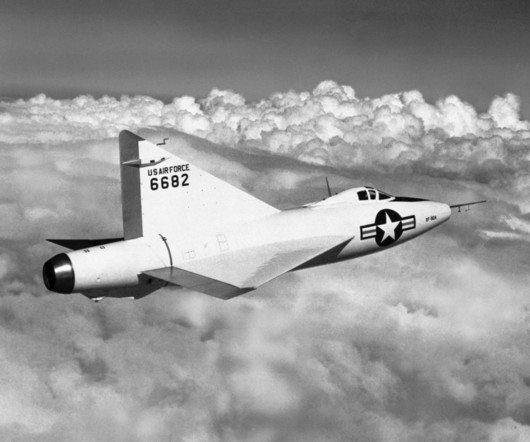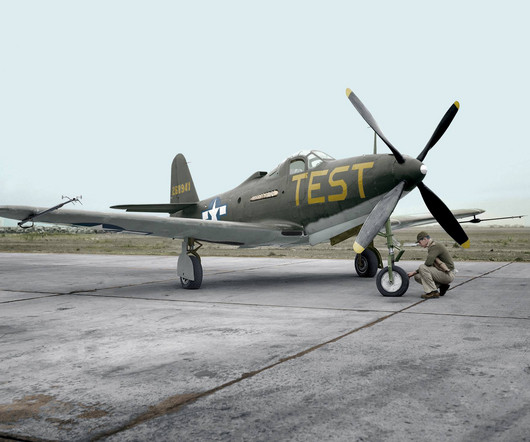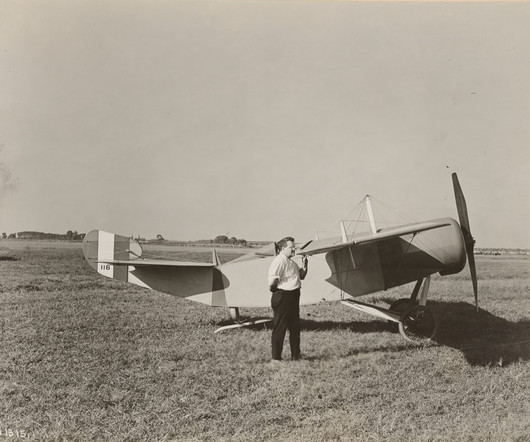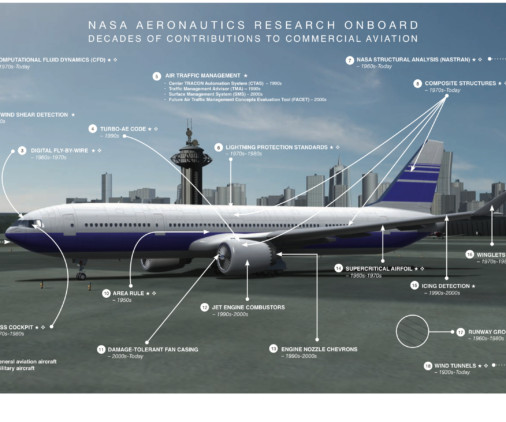Tailless Aircraft: How Airplanes Fly Without a Tail
Pilot Institute
JUNE 4, 2025
Have you ever seen an airplane with no tail and no vertical fin, but with just a sleek wing? They prove that with the right aerodynamic tricks, you dont need a tail to fly. A tailless aircraft is a fixed-wing airplane without a horizontal stabilizing surface. Directional (yawing) stability from the vertical stabilizer.




















Let's personalize your content